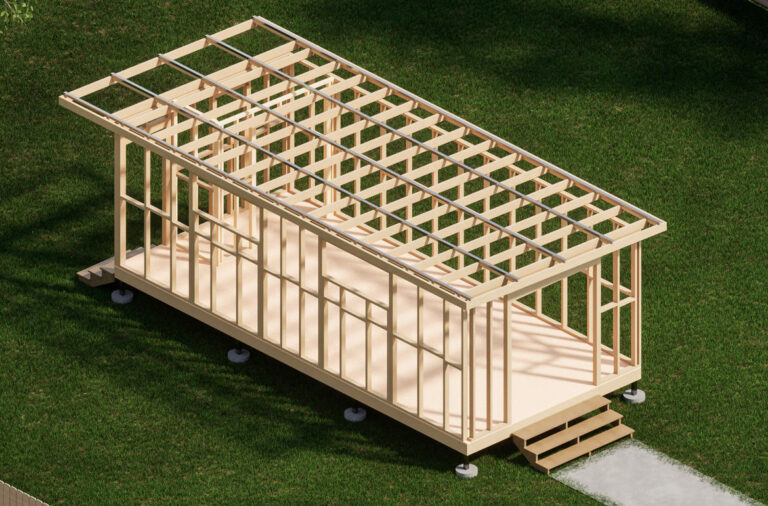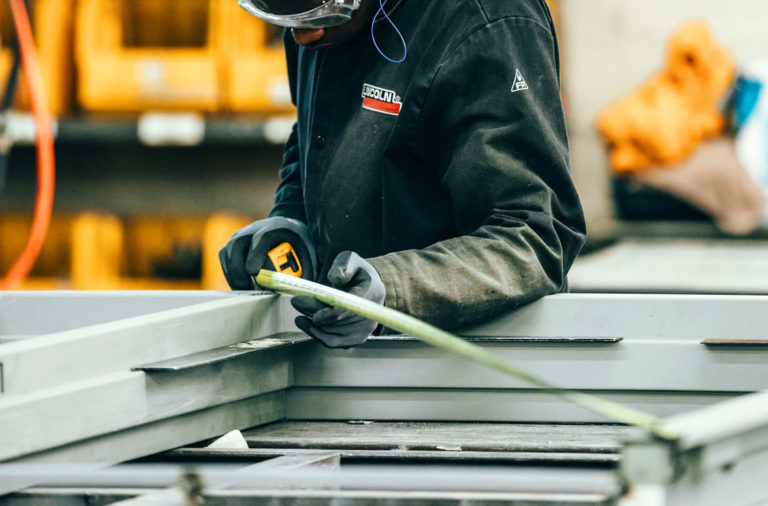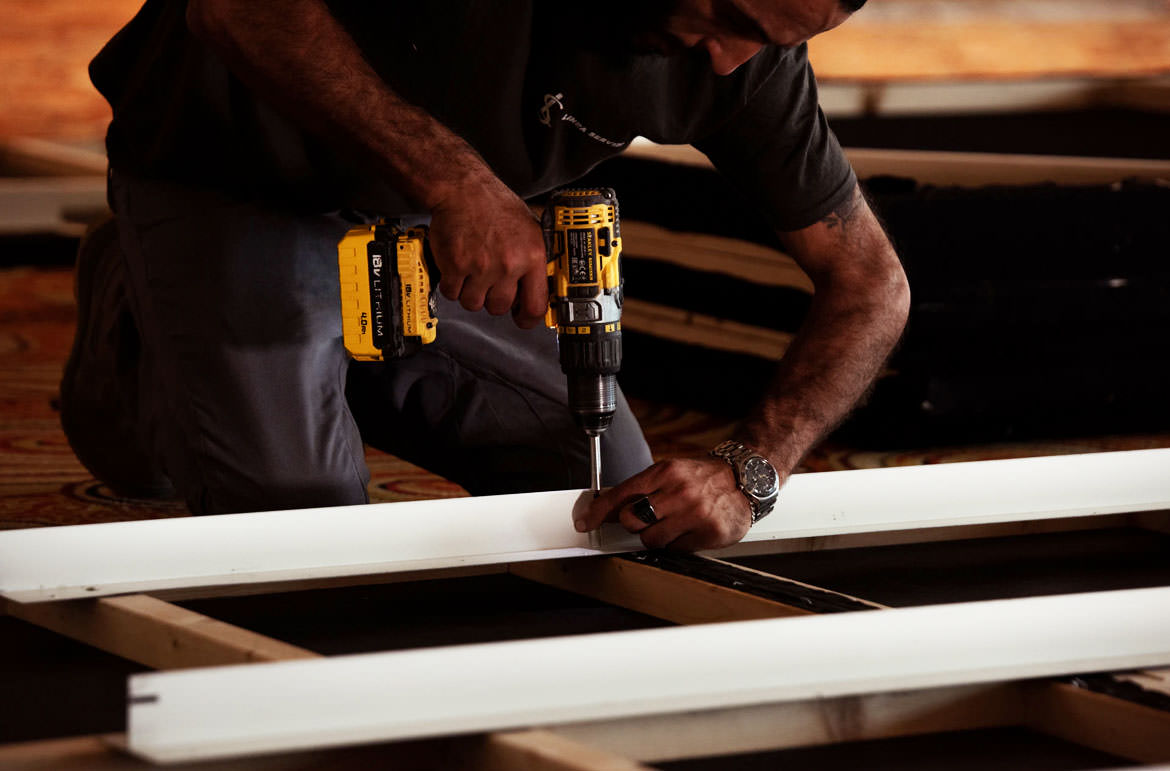
If you are thinking of purchasing a granny flat kit home, you may be thinking of building it yourself, or if you will need assistance. So, here is a list of granny flat kit builders:
- iBuild
- Superior Portable Cabins
- AgCab
- Classic Cabins
- Frame Steel
- Sheds n Homes
- Valley Kit Homes
In this article I will discuss the pros and cons of a granny flat kit home (also known as a flatpack). And discuss what’s excluded from the kit, to get you out of hot water.
Plus a whole lot more below…
DON'T PAY A FORTUNE FOR YOUR GRANNY FLAT. Find out how to deal with council and build a granny flat for the lowest cost possible. Learn More.
Pros and Cons of a Granny Flat Kit
A granny flat kit home, or flatpack, is a granny flat that is prefabricated (built off-site), then delivered to you.
Meaning, it will arrive on your site with (almost) everything that you require, ready for installation.
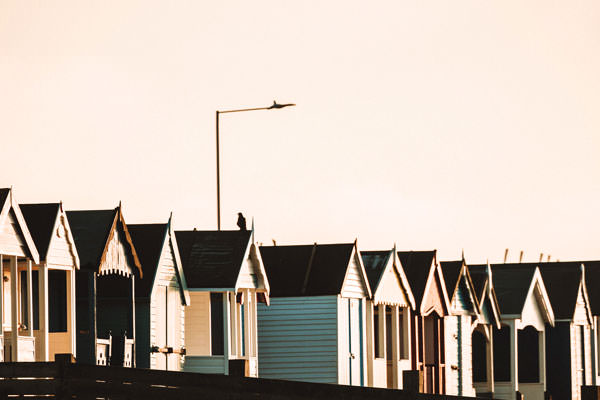
Think of them as IKEA furniture, on a much bigger scale
The biggest benefit of granny flat kit homes – they are inexpensive. I have written about this in detail in by posts below:
- “Granny Flat Under $10, 000 – Can It Be Done?“,
- “Granny Flat Under $20, 000 – How It Can Be Done“, and
- “Granny Flat Under $50, 000 – With Real Examples“.
However, it’s important to note their purchase price can sometimes be deceiving…
You must consider the extra factors when purchasing a flatpack, as you will have to spend more money on these:
- Exclusions – The kit doesn’t come fully equipped – things are missing, but necessary.
- Delivery – This is typically roughly $750 to metro areas, and an extra 75c per km outside of these. Transporting a granny flat also needs a lot of preparation.
- Permits – Including, if planning to construct the flatpack yourself, paying to gain your “owner-builder” certificate.
- A surveyors report
- An engineers report
- A foundation – (Concrete slab or piers).
- Labourers – You’ll still need to spend money on some labour, for your own safety. Anything that involves electricity or plumbing is best left to the professionals.
- A certifier – Either private or local Council, to inspect and certify stages of your work.
- Waste removal
- Certification and Council fees
- Landscaping
The permits, Certifications and Council fees that you are going to require will differ between states and from Council to Council. So, I recommend contacting your local Council for advice on what your requirements are, and how much they will cost you.
But for a basic guideline, here’s exactly what I paid when I built my own granny flat.
Disadvantages of granny flat kit homes are:
- Delivery isn’t immediate – It will take on average 8+ weeks from the time you place an order.
- They can be quite small – You may have to purchase more than one to make them a suitable size for your granny flat. Which also adds to transportation costs.
- They are not site-specific – No one has assessed your site and built a granny flat that makes best use of your land. For example, if you are building on sloping land.
- It isn’t as easy to make modifications/customisations.
That is, flatpacks are prefabricated, so you don’t get a lot of say in the design process, and;
- You’re not going to be able to put windows in the perfect position, enabling you to get the best views.
- You’re not going to have a lot of chance to talk about what you envision – i.e. where you want your furniture to be, and how the granny flat should allow for that.
So, although using a designer may cost more, you’ll end up with a dwelling you’re happier with, one better suited to your life and land.
Whereas, with a granny flat kit home, you’ll need to spend a fair bit of time, effort, and money to make it feel homely. However, if you are willing to wait, and put some work into the build, they can be a good budget option.
Flatpack Granny Flats – Are They Hard to Put Together
A flatpack company will always tell you they have been put together in a way that’s easy to build – so easy that you can construct them in as little as 4 hours.
However, the truth about just how easy they are to install I will discuss below.
What Is in a Granny Flat Kit?
Standard inclusions in a granny flat kit are generally:
- Solid steel, termite resistant frame (designed to be transportable, so they won’t twist or warp when moved, unlike a timber frame).
- Some screws (just not enough to “finish” the building).
- Fascia.
- Gutters.
- 1 x Bedroom.
- 1 x Bathroom with a shower, toilet, exhaust fan and vanity unit.
- 1 x kitchenette with a benchtop, sink, and cooktop.
- Dining and living area.
- Lights.
- Power points and wiring.
- Windows.
- Flooring (carpet, vinyl, or laminate floorboards).
- 1 x glass sliding door.
- Roofing.
- Roof trusses and battens.
- Cladding.
- 1 x hard-wired smoke alarm.
- Site installation manual.
Optional extras may include:
- Heating / cooling systems.
- Interior gyprock (plastered wall sheets).
- Insulation for walls, ceiling, and floor.
- Extra sliding doors.
- Security screens on doors.
- Cupboards in the bedroom, kitchenette, or other storage areas.
- A verandah with steel posts.
- Comforts for the elderly and disabled, i.e. wheelchair ramps and handrails.
What Isn’t Included in a Granny Flat Kit? (That You Really Do Need!)
This seems to be a common area where people get caught out – they think a granny flat kit home will include everything required to finish building. However, be sure to check your “kit-list” – it’s typically missing some necessities such us:
- Screws (they will include some, but not enough for the entire build).
- Downpipes from the gutter
- Silicon, glues, fillers
I spoke with a project manager in the construction industry who mentioned that some of these things, such as the examples above, you won’t realise are missing until you are well into the build yourself.
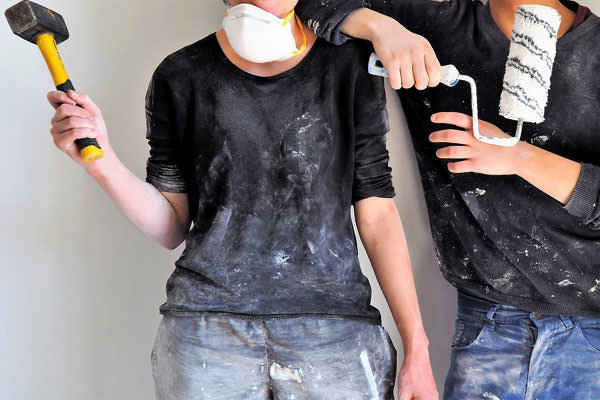
Enjoy getting your hands dirty, as long as you have everything you need
Unfortunately, kit homes aren’t required to “finish” a granny flat to the Australian Building standards in the same way a builder is.
So, not only might a lot of things be missing from the kit, but the kit isn’t specific to your area. For example, if you live close to the beach, more items are required, due to the regulations in your area. If you are:
- Located within a few hundred metres of the ocean, on the wind exposed side, you must paint your roof twice with Colorbond (stopping corrosion from the salty sea breeze).
However, those still close to the ocean, but in an area less exposed to the wind, and so less “salty”, may not have the same regulations. However; in high wind areas you will need extra reinforcement on parts of your granny flat, which may not be included in these kits.
So, whilst a builder will build to these standards, a granny flat kit home will not supply the items that are specifically required for your region.
If you do not build according to these regulations, this will lead to problems having your certifier ‘sign off’ on the safety of your granny flat – that is, you may not receive your Occupation Certificate.
Do You Need to be a Builder to Put Together a Granny Flat Kit?
Well, no. You don’t need to be a builder, but you will need the right guidance.
Let’s say you know nothing about building.
You will need more than just to follow the instructions in the manual you’ll receive in the kit – an example of which can be seen at YZY Homes.
For your own safety, as well as to make sure your finished granny flat gets its’ Occupation Certificate, it’s important to get some guidance from builders about some things, like how to:
- Build your foundation.
- Stand frames.
- Tie down – your roof to your foundation, and your frame to your roof.
- Finalise your roofing.
As, these can be quite dangerous.
Also, it’s somewhat of a process – if you don’t know what you’re doing and miss a step, or get things the wrong way around, this can be a big problem. Trying to get the right angles will be an issue – one of which many are not aware, but that will make you fail your inspection.
So, one simple mistake – like missing four tie-downs – means your work will not be certified.
It will also be extremely difficult, even impossible, for you to get back to those tie-downs and fix the errors it has caused. Once everything has been covered up above and plastered below.
This is another benefit of using builders – you have their knowledge, pressure, and support, as they will:
- Let you know when they are available to come to site, and
- Provide a clear layout of what needs to be performed before then.
They will then not attend if you have missed a step, such as those four tie-downs, as they know the building process has been held-up. Instead, they will advise you of what needs to be done before they come, supporting you through the process.
So, if you intend on constructing the flatpack yourself, I suggest you ask a builder to send you the process – the order of how things go together. This will make the process much easier for you. At least using a builder on the trickier parts, such as hanging doors, and setting skirting boards/architraves might be a good idea.
What Are Granny Flat Pod Kits
Granny Flat Pod Kits are small relocatable buildings. These are handy for Councils’, such as those in Victoria, whose granny flat must be movable.
Meaning, the granny flat (also called a dependent persons’ unit, or DPU):
- Can only accommodate someone who is dependent on the person/s in the primary dwelling, and
- Must be removed as soon as the dependent stops living there.
These do not have to be assembled on a concrete slab, they can instead be:
- Erected on their optional, adjustable pier footings, or
- Mounted on skids.
Granny Flat Pod Kits can be seen at:
Conclusion
A granny flat kit home, or flatpack, is a kit made of prefabricated parts.
With some guidance from a builder, they are easy to assemble – you can construct one yourself as an “owner-builder”. However, you must be aware that once you receive the flatpack, everything from tie-downs, the frame, and triple grips are your responsibility. So, it’s up to you to ensure everything is completed correctly – even if what was specifically required for your area wasn’t included in your kit.



